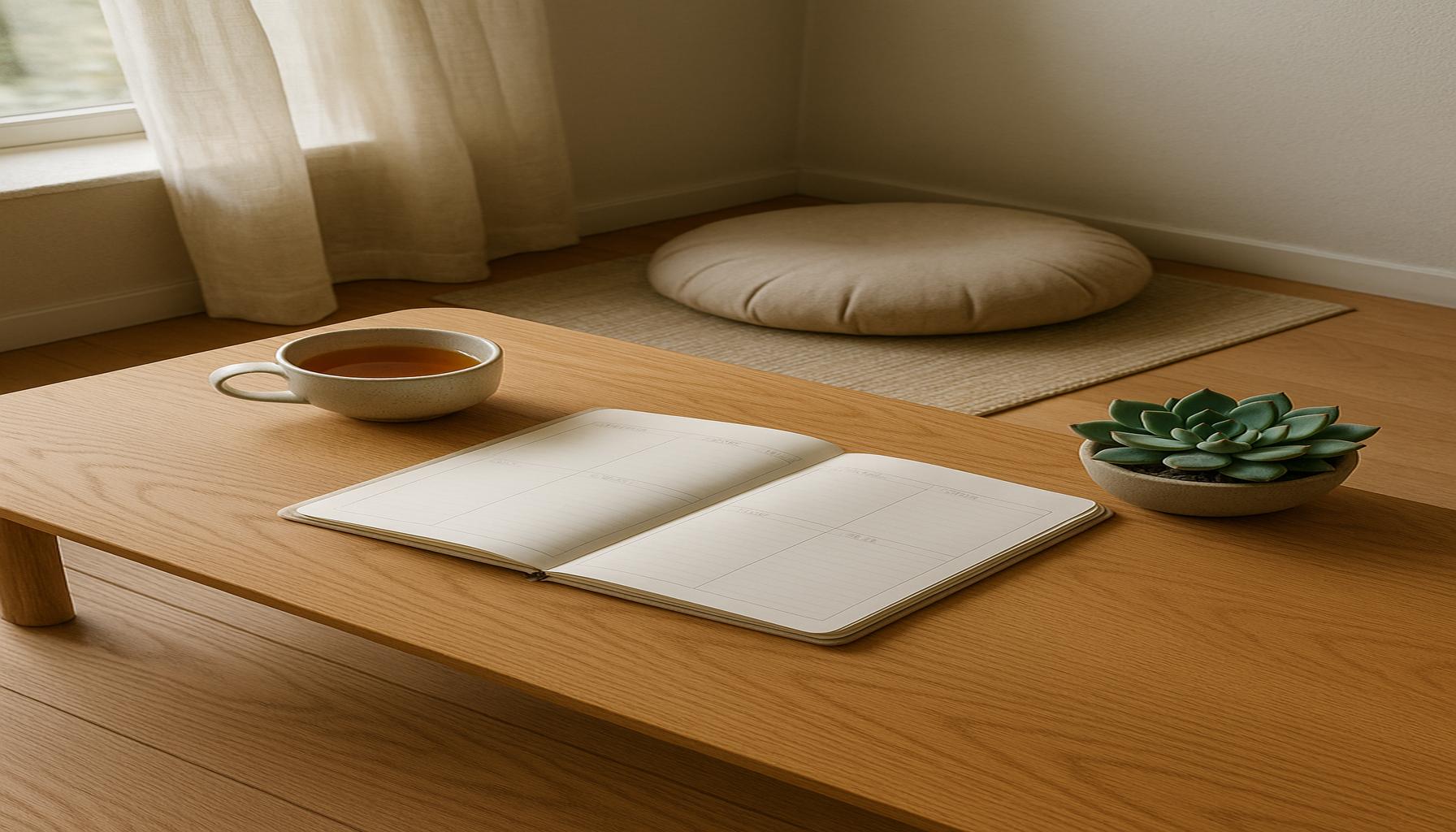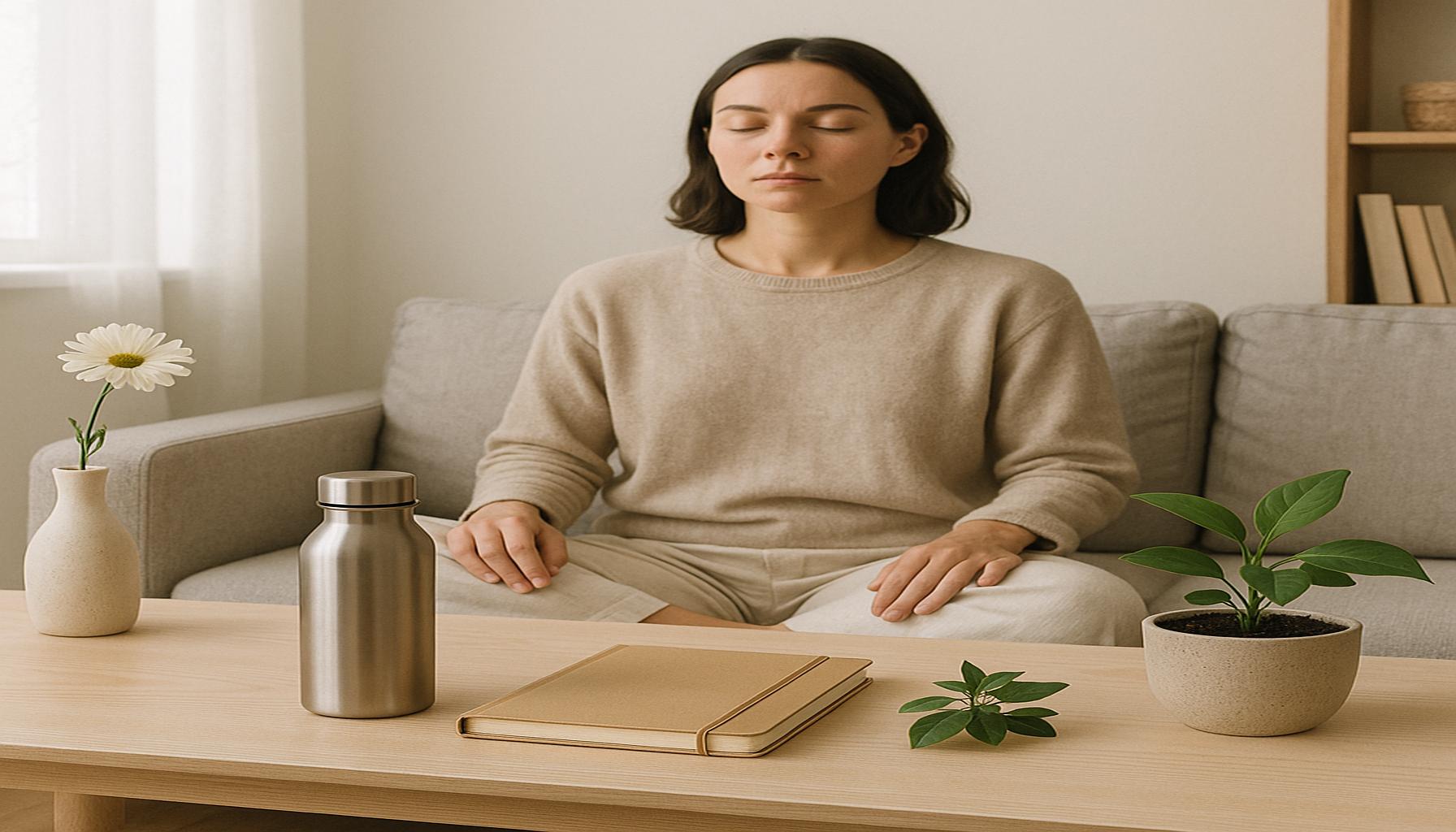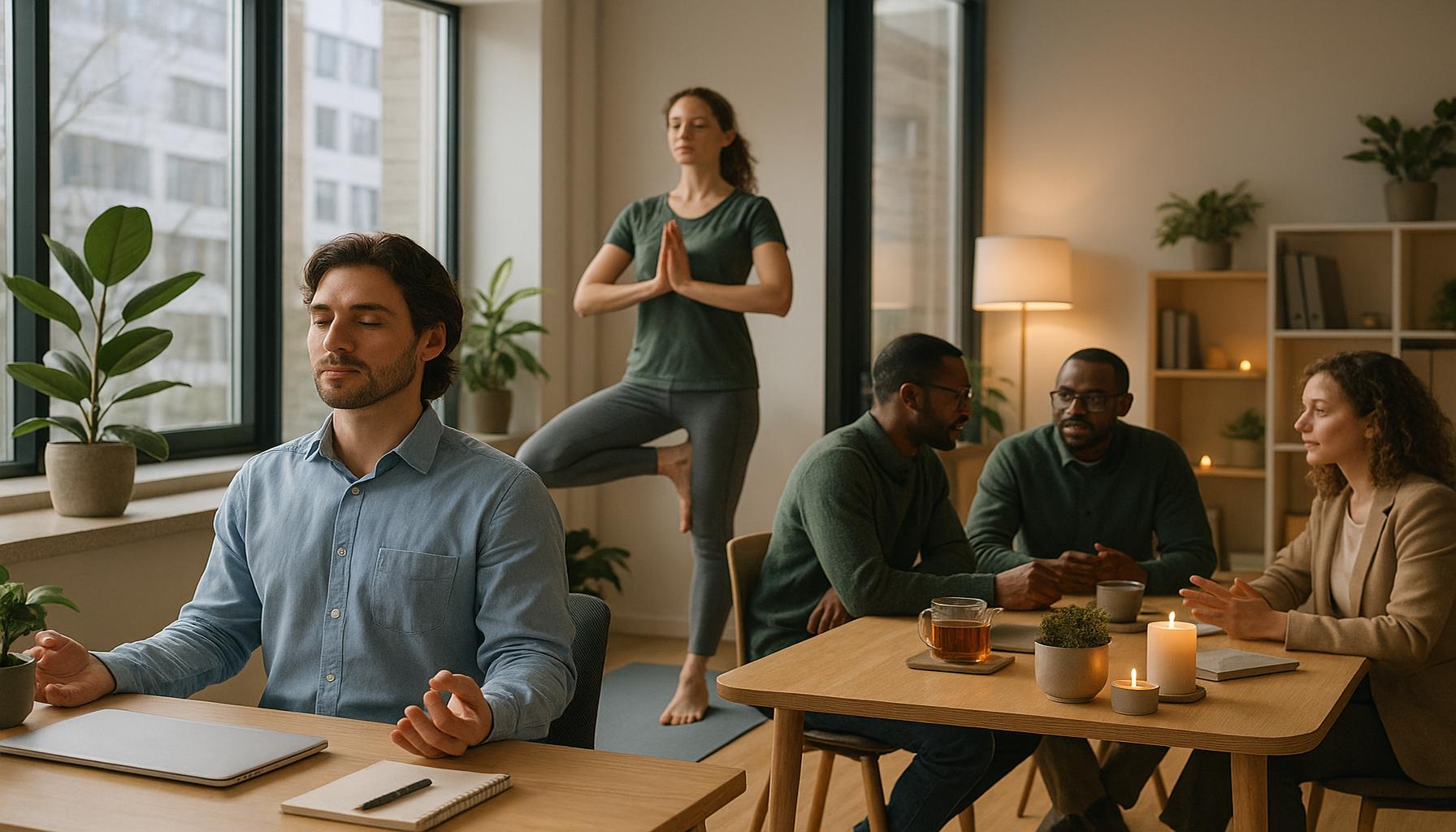Mindfulness and Personal Organization: Creating Calm and Functional Spaces
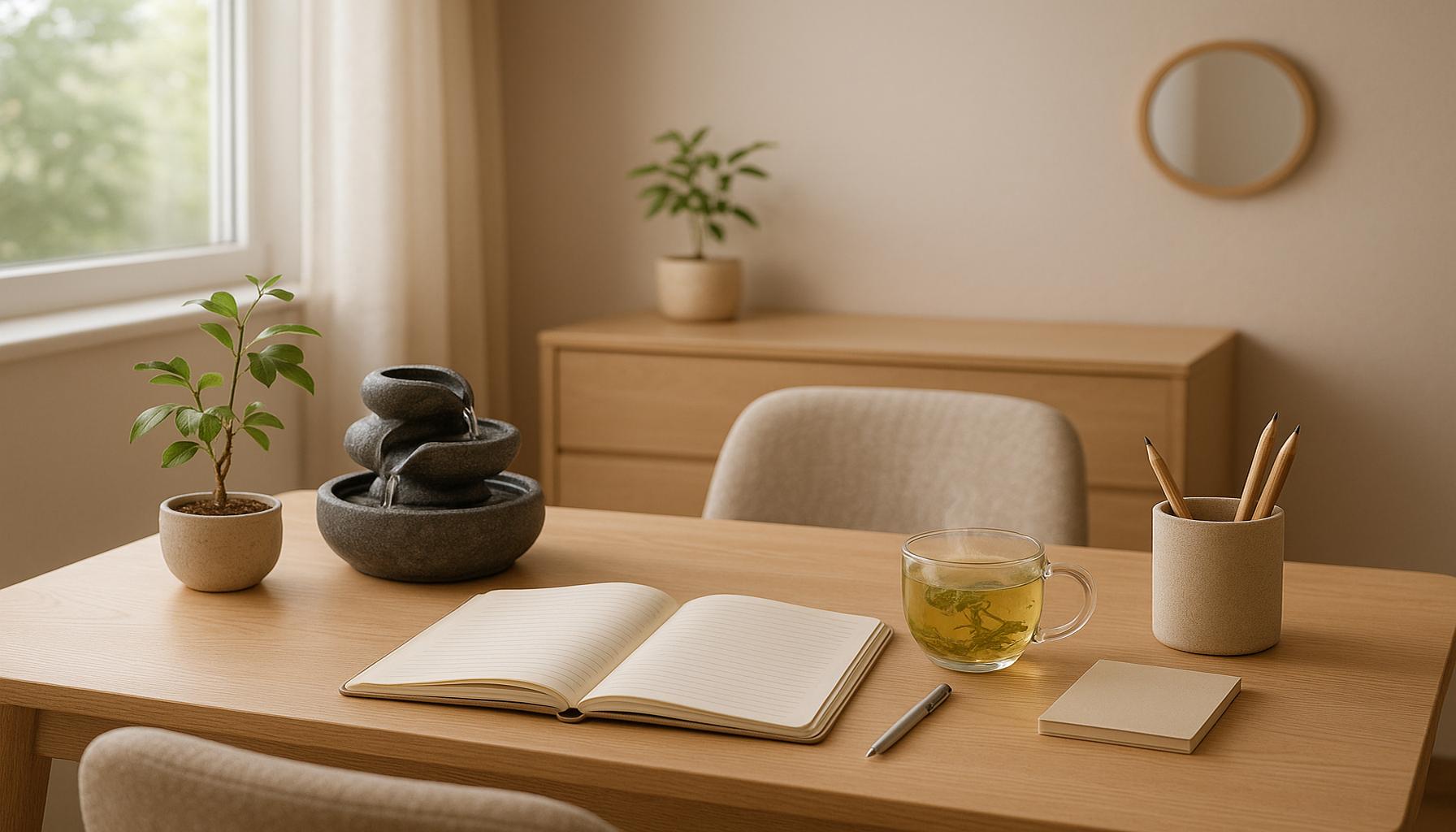
Understanding Mindfulness in Today’s Fast-Paced World
In an age marked by constant distraction and relentless schedules, the quest for mindfulness has never been more relevant. As our lives become increasingly hectic, cultivating a sense of awareness and presence is essential not only for our mental well-being but also for enhancing effectiveness in our daily tasks. Mindfulness, in essence, encourages us to engage fully in the moment, offering a powerful counterbalance to the noise and demands of modern living.
The Role of Personal Organization
Effective personal organization transcends mere tidiness; it involves creating spaces that reflect calmness and functionality. Consider these benefits:
- Reduced Stress: A well-organized environment can significantly lower anxiety levels. Studies show that cluttered spaces can lead to feelings of overwhelm, whereas an orderly area can evoke tranquility and peace of mind.
- Enhanced Focus: Mindful organization enables clearer thinking and improved concentration. For instance, setting up a designated workspace, free from distractions, fosters an atmosphere conducive to deep work, allowing individuals to immerse themselves in tasks.
- Increased Productivity: Efficient spaces lead to better time management and higher output. Strategies such as the Kanban method or time blocking can empower individuals to prioritize tasks effectively, maximizing their efficiency.
Integrating Mindfulness Techniques
Integrating mindfulness techniques into your organizational practices can transform your surroundings. Simple changes can lead to profound effects, such as:
- Prioritizing decluttering tasks to minimize visual noise. Start small by organizing a single drawer or desktop; this can create a ripple effect, motivating further decluttering efforts.
- Incorporating aesthetic elements that promote a sense of peace. Items such as plants, calming artwork, or soft lighting can significantly enhance an environment, reducing stress while boosting mood.
- Establishing routines that synchronize with your personal rhythms. Whether you are an early bird or a night owl, aligning your organizational tasks with your natural energy peaks can streamline productivity and foster a more mindful approach to your daily activities.
Creating Sanctuaries of Serenity
As you delve deeper into the connection between mindfulness and personal organization, you’ll discover methods to create not only functional spaces but also environments that nurture a sense of calm. Implementing mindfulness strategies not only transforms how you perceive your work and home environments but also enhances your overall quality of life. Embrace the journey of transforming your home or workspace into a sanctuary of serenity—a deliberate approach that can reclaim precious mental space and time.
What you choose to surround yourself with—both materially and mentally—shapes your experiences and interactions. With intention and mindfulness, it is possible to cultivate not just organized spaces but also a life imbued with clarity and purpose. Explore new practices and observe how they affect your productivity, focus, and emotional well-being as you embark on this enriching journey.
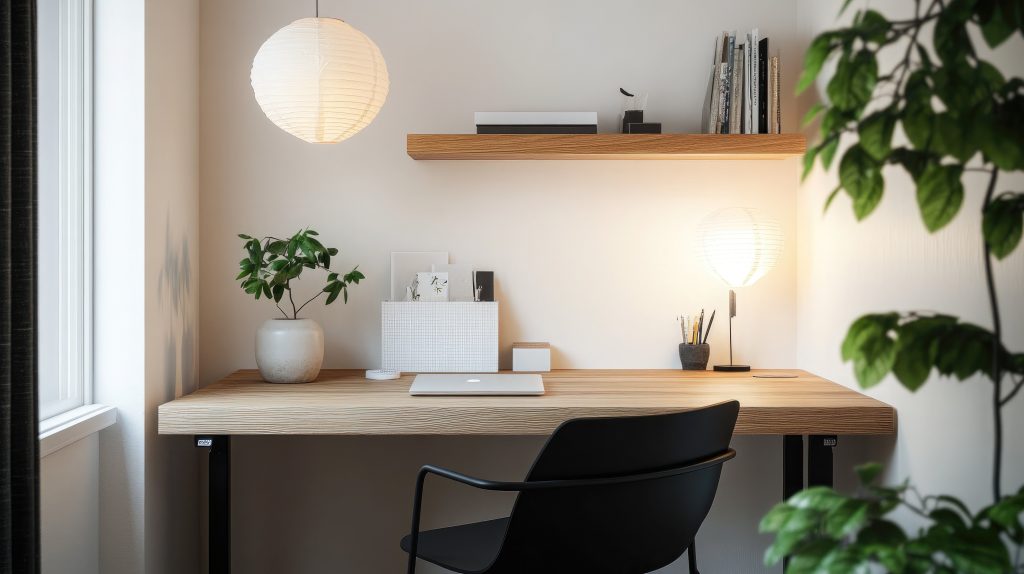
DISCOVER MORE: Click here to learn about mindfulness as a simplified living tool</a
The Power of Mindfulness in Organization
In our increasingly fast-paced world, effective personal organization is not simply about keeping one’s belongings in order; it is an essential practice that can lead to greater mindfulness and a serene living environment. The intersection of mindfulness and organization reveals profound insights into how our surroundings affect our mental health. By intentionally curating our spaces and implementing organized systems, we create environments that promote calmness and clarity, enabling us to thrive in our daily lives.
Strategies to Cultivate Order and Mindfulness
To harness the benefits of mindfulness in personal organization, consider implementing several key strategies designed to enhance both your physical and mental spaces:
- Establish Clear Goals: Begin by defining what an organized and mindful space means for you. Are you looking to streamline your workspace, declutter your living area, or create a more peaceful atmosphere in your home? Setting clear intentions will guide your organizational efforts and keep you focused.
- Embrace the Power of Minimalism: A minimalist approach can aid in reducing overwhelming visual stimuli. Evaluate your belongings and keep only those that serve a purpose or spark joy. This not only simplifies the space but also fosters a deeper appreciation for the items you choose to retain.
- Implement Systematic Organization: Systems such as the “5S Method” (Sort, Set in order, Shine, Standardize, and Sustain) can be beneficial. This method is commonly used in workplaces but can easily be adapted for home organization, facilitating an ongoing state of order.
Being Present in Your Space
Practicing mindfulness in your surroundings encourages you to be present in your space. When you take the time to notice your environment, you can identify elements that may be contributing to feelings of stress or distraction. Engaging in simple activities such as pausing to tidy up or rearranging furniture can enhance your experience of the space and promote a greater sense of calm. Furthermore, establishing rituals around your organization practices—like tidying up at the end of each day or creating a morning routine that incorporates decluttering—reinforces a mindful approach to your surroundings.
Incorporating these strategies not only leads to a more organized physical space but also enables individuals to cultivate a sense of control over their environment. The act of organizing becomes a form of meditation; it allows individuals to focus on the task at hand, fostering a sense of peace that lingers beyond the immediate organization efforts.
By intertwining mindfulness with personal organization, you can transform even the simplest tasks into opportunities for growth and reflection. Each small step taken in the pursuit of a calm and functional space contributes to a larger journey of self-discovery, leading to an enriched and meaningful life.
| Advantages of Mindfulness | Impact on Personal Organization |
|---|---|
| Enhanced Focus | Mindfulness practices such as meditation enhance concentration and enable better management of tasks. |
| Improved Stress Management | Adopting mindfulness techniques helps reduce anxiety, allowing for a more organized approach to daily challenges. |
Incorporating mindfulness into personal organization not only cultivates a peaceful environment but also promotes productivity. One key aspect of this approach is the ability to enhance focus through dedicated mindfulness practices. By engaging in meditation, individuals discover an increase in their capacity to concentrate, which is critical when it comes to effectively managing their to-do lists and various responsibilities.Moreover, the impact of mindfulness on stress management cannot be overstated. In a world that often feels chaotic, simple mindfulness techniques can significantly mitigate anxiety levels. This calm state of mind lays the foundation for adopting structured organizational methods. By embracing a mindful lifestyle, individuals reframe their perspectives on daily tasks and prioritize their well-being, ultimately resulting in functional and harmonious spaces. This transformation not only fosters comfort but also increases efficiency, making it a valuable endeavor for anyone seeking to bring serenity into their hectic lives.
DISCOVER MORE: Click here to learn how to maximize your space
Creating Functional Spaces Through Mindfulness
As we delve deeper into the fusion of mindfulness and personal organization, one fundamental aspect becomes clear: the design and arrangement of our spaces can significantly impact our mental well-being. Creating functional spaces means not only organizing physical items but also creating environments that resonate with our inner peace and functionality.
One effective approach to achieving this is to embrace biophilic design. This concept entails incorporating elements of nature into your space, whether it’s through houseplants, natural light, or earthy colors. Research has shown that being around greenery can reduce stress and improve mood, leading to a more tranquil and pleasant atmosphere. By strategically placing plants or placing your workspace near a window, you enhance your psychological responses to your environment, transforming it into a sanctuary of well-being.
The Role of Color in Mindful Organization
The colors we choose to surround ourselves with can evoke specific emotions and influence our productivity. For example, soft blues and greens are often associated with calmness and tranquility, while warmer tones like yellows and oranges can boost energy and creativity. Consider color-coding your organizational systems. This simple method can enhance your ability to locate items quickly, reducing frustration and fostering an organized mental state. Implementing this strategy can create a visually appealing and functionally effective space, where each color signals a purpose or category.
Mindful Decluttering Sessions
Decluttering, a crucial aspect of personal organization, becomes an act of mindfulness when approached thoughtfully. Instead of viewing decluttering as a daunting chore, reframe it as an opportunity for self-reflection. Schedule designated decluttering sessions where you can thoughtfully evaluate your belongings. Ask yourself questions such as, “Does this item bring me joy?” or “How does this contribute to my daily life?” This practice not only helps in letting go of unnecessary items but encourages a deeper awareness of your needs and desires.
- Set a Timer: Allocate specific time blocks for decluttering—this could range from 10 to 30 minutes based on your availability. Giving yourself a time limit encourages focus and prevents overwhelm.
- Engage Your Senses: Incorporating elements that engage your senses during decluttering can enhance mindfulness. Play calming music, use essential oils, or prepare a warm beverage to enjoy while you tidy up.
- Practice Gratitude: When parting with an item, take a moment to appreciate its role in your life before letting it go. This fosters a positive mindset and reinforces the act of decluttering as a conscious choice rather than a loss.
By integrating these mindful practices into your organization efforts, you not only create tidy and functional spaces but also nurture a sense of peace in your life. These small changes foster a holistic approach to personal organization that transcends mere aesthetics and delves into the psychological advantages of a well-ordered environment. As you continue this journey of aligning mindfulness with organization, remember that the ultimate goal is to carve out spaces that reflect your authenticity and support your well-being.
DISCOVER MORE: Click here to enhance your productivity
Conclusion: Harmonizing Spaces with Mindfulness
As we have explored throughout this article, the intersection of mindfulness and personal organization offers a transformative approach to cultivating little havens of calm amidst the chaos of everyday life. By implementing concepts such as biophilic design, which marries nature with our indoor environments, we promote a natural sense of serenity that can enhance both mood and productivity. The mindful selection of colors and their strategic placement supports emotional well-being, while simple practices like color-coding not only streamline organization but also create visually harmonious spaces.
Additionally, the act of decluttering becomes a conscious practice of mindfulness when approached with intention and reflection. By transforming decluttering sessions into opportunities for gratitude and personal analysis, we empower ourselves to curate our possessions in a way that truly reflects our values and aspirations. This shift in perspective on our belongings can lead to an enriched understanding of our needs and desires, ultimately guiding us to create spaces that foster psychological peace.
In sum, creating calm and functional spaces is more than just organizing physical items—it’s about crafting environments that nurture our wellbeing and align with our authentic selves. By embracing these mindfulness techniques and applying them to our organizational practices, we can create homes and workspaces that not only look inviting but also support our mental and emotional health. As you embark on your journey to harmonize mindfulness with organization, remember that the changes you choose to make today can resonate within you long into the future. Explore the endless possibilities your spaces hold, and allow them to reflect the tranquility and functionality you seek.
